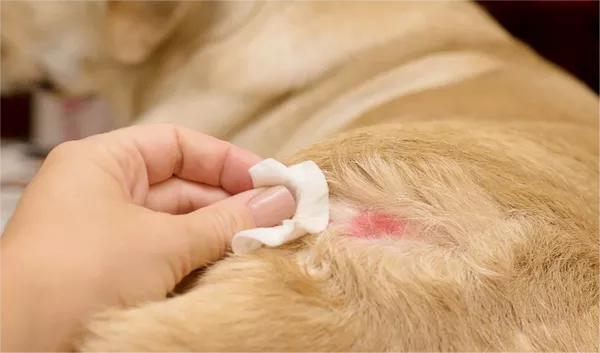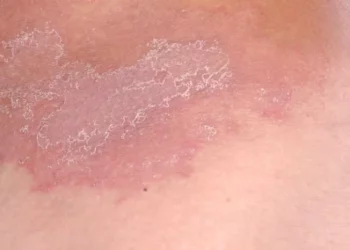Ringworm, despite its name, is not caused by worms but rather by a group of fungi known as dermatophytes. This fungal infection is highly contagious and can affect not only humans but also animals, including dogs. Understanding how ringworm spreads from dog to dog is crucial for pet owners and veterinarians alike to prevent its transmission and manage outbreaks effectively.
What is Ringworm?
Before delving into its transmission, it’s important to understand what ringworm is. Ringworm is a common fungal infection that affects the skin, hair, and sometimes nails of both humans and animals. The fungi responsible for ringworm are called dermatophytes, and they thrive in warm, moist environments. Despite its name, ringworm doesn’t involve worms at all; instead, it causes circular, ring-shaped lesions on the skin that are often itchy and inflamed.
Causes of Ringworm in Dogs
Ringworm in dogs is primarily caused by three types of fungi: Microsporum canis, Microsporum gypseum, and Trichophyton mentagrophytes. These fungi are highly contagious and can be present in various environments, including soil, bedding, grooming tools, and other animals.
Transmission from Dog to Dog
Ringworm in dogs can spread through direct contact with an infected animal or indirect contact with contaminated objects or environments. Dogs can contract ringworm by:
1. Direct Contact: When an infected dog comes into contact with another dog, the fungi can transfer from one animal to another through physical contact. This includes activities such as playing, grooming, or sharing bedding.
2. Indirect Contact: Ringworm spores can survive in the environment for an extended period, making it possible for dogs to become infected by coming into contact with contaminated objects such as brushes, combs, bedding, or surfaces in the environment where infected animals have been.
3. Asymptomatic Carriers: Some dogs may carry the ringworm fungus without showing any symptoms of infection. These asymptomatic carriers can still spread the infection to other dogs, complicating efforts to control its spread.
Factors Affecting Transmission
Several factors can influence the transmission of ringworm from dog to dog:
1. Immune System Health: Dogs with weakened immune systems are more susceptible to ringworm and may be more likely to spread the infection to other dogs.
2. Environmental Conditions: Ringworm fungi thrive in warm, humid environments, so areas with poor ventilation or high moisture levels can facilitate its transmission.
3. Length of Contact: Prolonged contact with an infected dog or contaminated objects increases the risk of transmission.
Prevention Strategies
Preventing the spread of ringworm among dogs requires a combination of proactive measures:
1. Maintain Good Hygiene: Regular grooming and bathing can help remove potentially contaminated fur and reduce the risk of infection.
2. Isolation of Infected Dogs: If a dog is diagnosed with ringworm, isolating them from other dogs can prevent further spread of the infection.
3. Cleaning and Disinfection: Regularly clean and disinfect objects and surfaces that come into contact with dogs, such as grooming tools, bedding, and living areas.
4. Quarantine New Animals: Quarantining newly acquired dogs and performing thorough health checks before introducing them to other dogs can help prevent the introduction of ringworm and other infectious diseases.
5. Prompt Veterinary Care: Seek prompt veterinary care if you suspect your dog has ringworm or if they develop symptoms such as circular lesions, hair loss, or itchiness.
6. Education and Awareness: Educate yourself and others about the signs of ringworm and the importance of preventive measures to reduce the risk of transmission.
Treatment and Management
Treating ringworm in dogs typically involves a combination of topical antifungal medications, oral medications, and environmental decontamination. It’s essential to follow your veterinarian’s recommendations closely and continue treatment for the prescribed duration, even if the symptoms improve. Additionally, regularly monitoring and retesting infected dogs can help ensure that the infection has been effectively eradicated.
Conclusion
Ringworm is a highly contagious fungal infection that can spread from dog to dog through direct and indirect contact. Understanding the transmission routes and implementing preventive measures are crucial for controlling its spread within dog populations. By maintaining good hygiene practices, isolating infected dogs, and seeking prompt veterinary care, pet owners and veterinarians can effectively manage ringworm outbreaks and protect the health of dogs in their care.



























